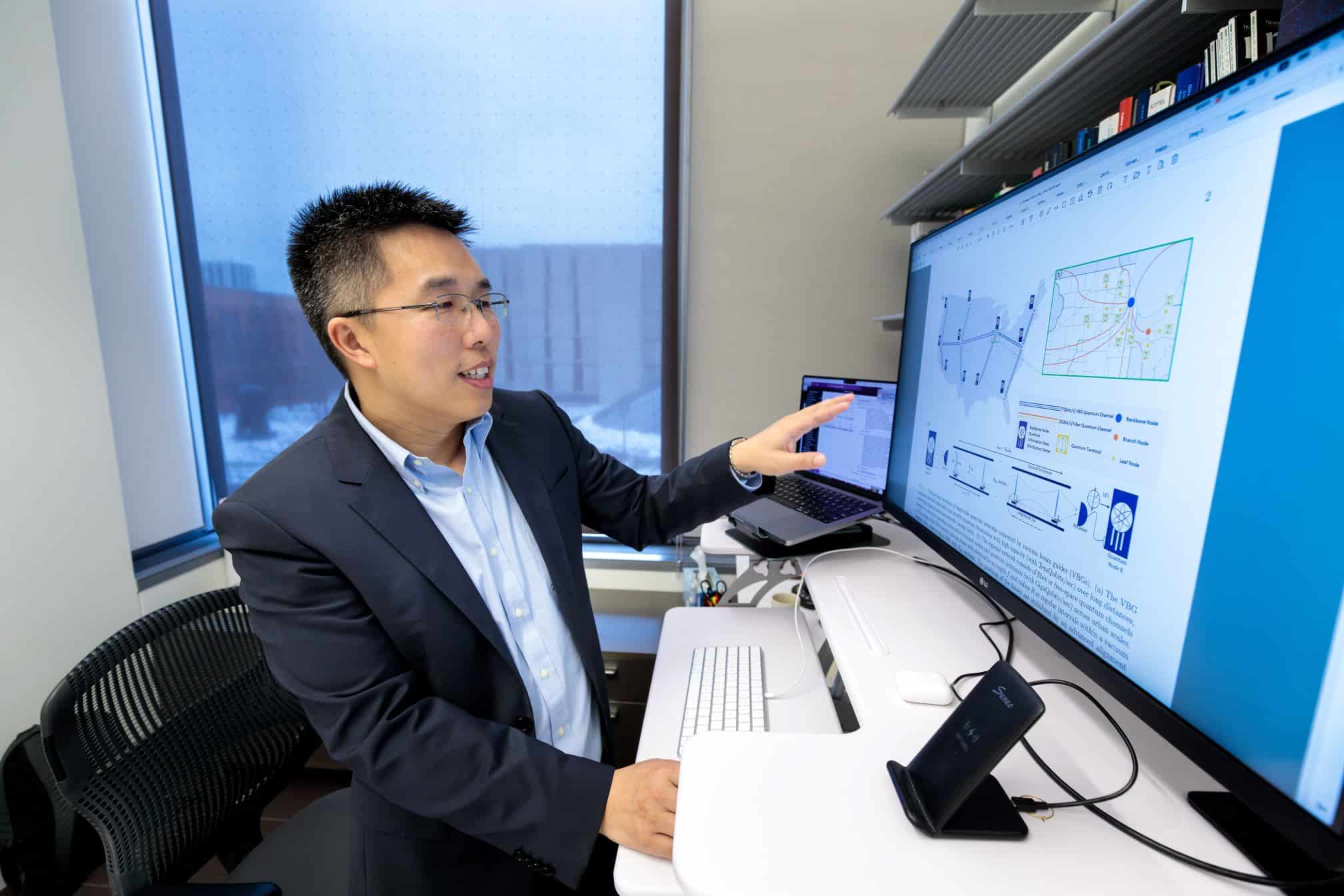An international team of researchers, led by scientists from Stockholm University’s Department of Astronomy, has discovered a higher number of black holes in the early universe than was previously recorded. Using the NASA Hubble Space Telescope, this team found black holes among faint galaxies formed shortly after the Big Bang event. These findings may help scientists understand how supermassive black holes were formed and the role they play in the evolution of galaxies. Hubble’s data was gathered from years of observations of the Ultra Deep Field region.
Supermassive Black Holes Found in Distant Galaxies
One of the key discoveries was the presence of supermassive black holes at the centre of several galaxies formed less than a billion years after the big bang. These black holes have masses equivalent to billions of suns, far larger than what scientists initially predicted.
Alice Young, a PhD student from Stockholm University and a co-author of the study published in The Astrophysical Journal Letters, noted that these black holes either formed as extremely massive objects or grew rapidly in the early universe.
Observing Black Holes through Variations in Brightness
The research team re-photographed the same region over several years using Hubble, allowing them to measure changes in galaxy brightness. These changes are signals of black holes flickering as they swallow material in bursts. Matthew Hayes, lead author and professor at Stockholm University, explained that these findings help improve models of how both black holes and galaxies grow and interact over time.
Implications for Understanding Galaxy Formation
The research suggests black holes likely formed from the collapse of massive stars in the universe’s first billion years. These findings provide a clearer picture of black hole and galaxy evolution, which can now be better understood through more accurate scientific models.








